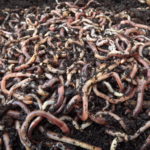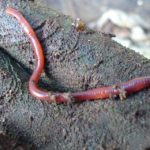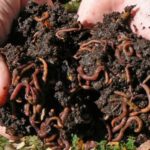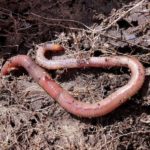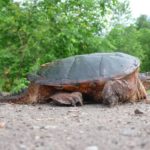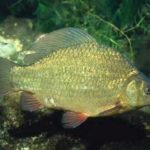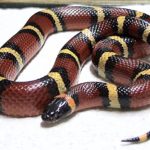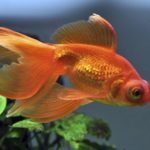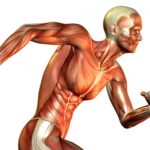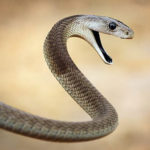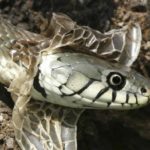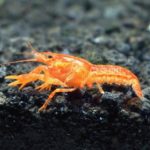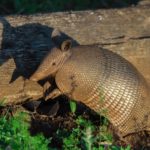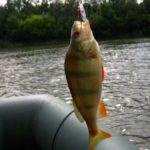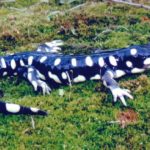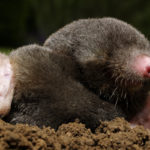Worm
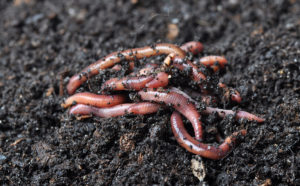 The body of the worm consists of skin and muscles. He crawls through the reduction of these muscles. All together they form a skin-muscular sac. When the worm wants to crawl, it sets in motion its bag. First, the worm pulls its tail closer to the center of the body, while the body of the worm becomes like the letter “L”. After that, the worm straightens and thus moves. Worms move very slowly, however, if they see that they are in danger, they can quickly hide. For example, earthworms, seeing the threat, quickly go underground.
The body of the worm consists of skin and muscles. He crawls through the reduction of these muscles. All together they form a skin-muscular sac. When the worm wants to crawl, it sets in motion its bag. First, the worm pulls its tail closer to the center of the body, while the body of the worm becomes like the letter “L”. After that, the worm straightens and thus moves. Worms move very slowly, however, if they see that they are in danger, they can quickly hide. For example, earthworms, seeing the threat, quickly go underground.
Worms are hermaphrodites, that is, they do not have males and females. Each worm has both male and female characteristics. Worms multiply, having rolled into a large ball. In such a ball can be up to several tens and even hundreds of worms. Worms reproduce mainly in the warm season. In winter, they go into hibernation, climbing deep into the ground.
The earthworm is a worm with a length of 10 to 30 centimeters. He has thick skin and no eyes. The earthworms have red blood. This creature lives in the earth. There he makes the moves. The worm feeds on rotten organic remains in the ground.
Such an animal is very useful for the soil in which it lives, because the earthworm perfectly loosens the ground, passing it through itself. That’s why a rain worm is very useful for agriculture. Earthworm is easy to detect. After the rain, it forms small holes on the surface of the earth, around which the earth is poured. If you pay attention to the soil after the rain, you can see that a huge number of worms creep out.
Determine where the worm’s head is at first glance very difficult. But it only seems complicated. You just need to take the worm and put it on a flat surface. The worm is clearly frightened by the fact that it was seized. Once he is released, he will hurry away. Wherever he creeps, that side will be his head. This experience of determining the head is very simple. It can be used absolutely on any worms.
If the worm is cut into several parts, for example, into two, then from each part of it a new worm will grow. Such a remarkable property of the worm is called regeneration. Regeneration is the restoration of any part of the body lost by the living body. Of course, if a worm is cut into a huge number of parts, then it will not be reborn, but, most likely, it will die. But, for example, the coelenterate animal hydra can be reborn from each cut piece. If it is cut into 200 pieces, then from each part a new hydra will grow. Worms do not possess such properties.

